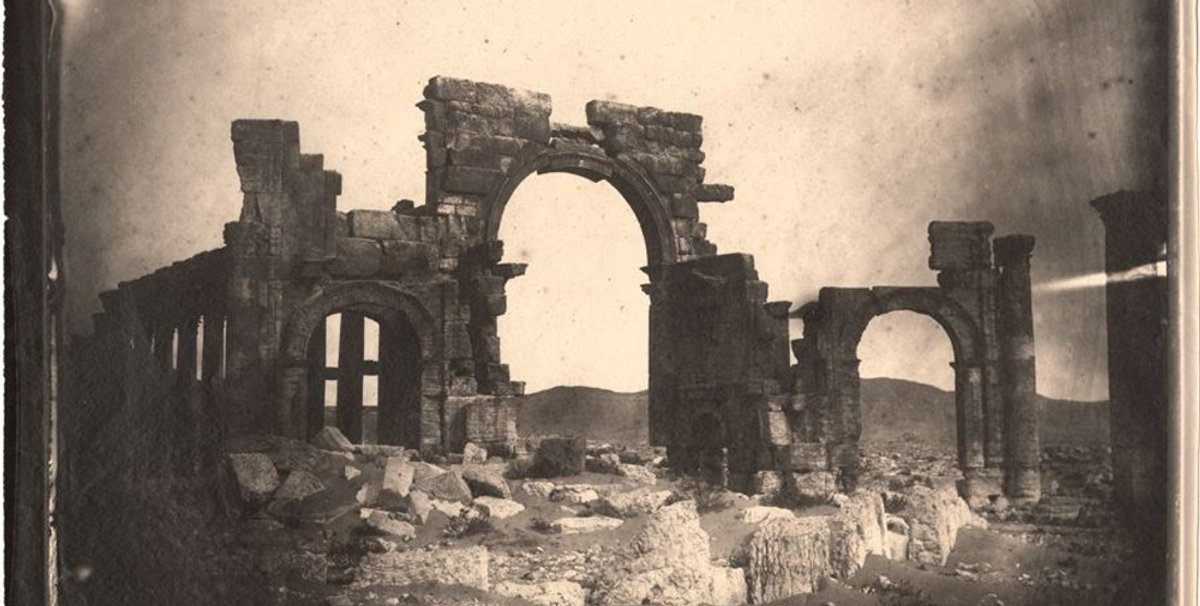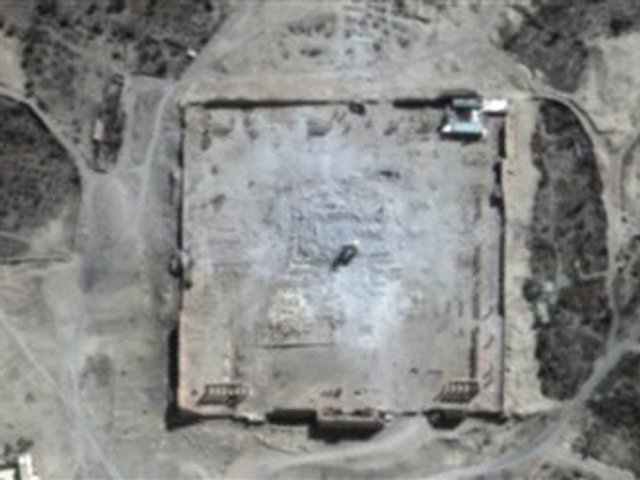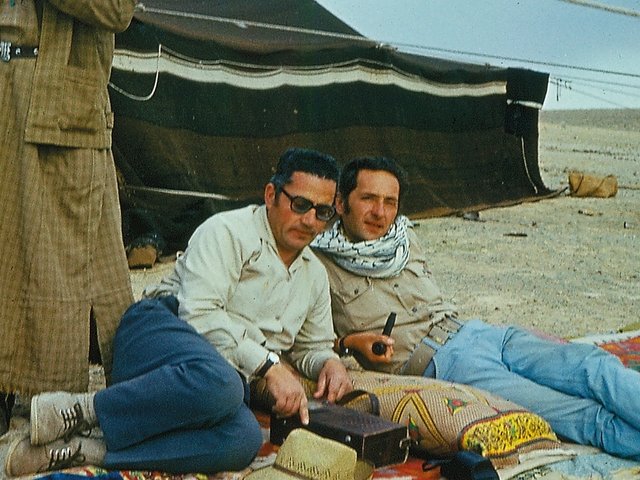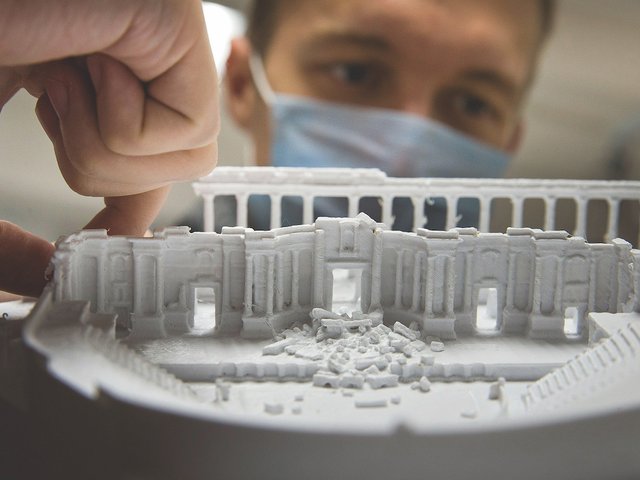Using digital tools to somehow preserve Syrian monuments destroyed by Isil has become fashionable if not widely accepted—the 3D printed replica of an arch from Palmyra’s Temple of Bel erected in Trafalgar Square in 2016 being the most conspicuous example. But the Getty in Los Angeles is taking a more scholarly tack in its first online-only exhibition which aims to convey the rich history of this ancient caravan city, well-located for trading at the edge of the Roman and Parthian empires, and to recreate its built landscape, if only digitally, at www.getty.edu/palmyra.
The curator Frances Terpak says that the show grew out of the Getty Research Institute’s acquisition of 19th-century photographs of Palmyra by Louis Vignes from a German dealer in 2015. “We were negotiating as Isil took over the site the first time in 2015.”
Her co-curator Peter Louis Bonfitto says the digital format lets them show objects from other museums that would be tricky to borrow. He also notes that the prints by Louis François Cassas that make up half of the exhibition are mainly bound in a volume so could not be displayed on the wall. The website, which describes the city’s urban planning, architecture and its stylistic innovations, is designed for both students and specialists who are interested in Palmyra’s preservation.
As Ross Burns, the author, professor and former Australian ambassador to Syria, noted recently in a panel about Syrian cultural heritage, the Cassas prints have detailed information that would be of great use in a future recreation or restoration project. “In fact, the Cassas images may be one of the only mementos we have of this rich pattern of decoration,” he said, speaking of the tower tomb of Iamliku, which was destroyed in 2015. (In contrast, he dismissed the 3D-printed arch as misguided or uninspiring, “looking very much like plasticine more than limestone”.)
The web project also cultivates an appreciation of the area’s historical riches that could help to combat their destruction. In this spirit, Terpak says they hope the website would reach the Islamic world as well. “Our goal is to also translate the site into Arabic. We’d like to reach a much broader public than we can on the Getty Hill.”






